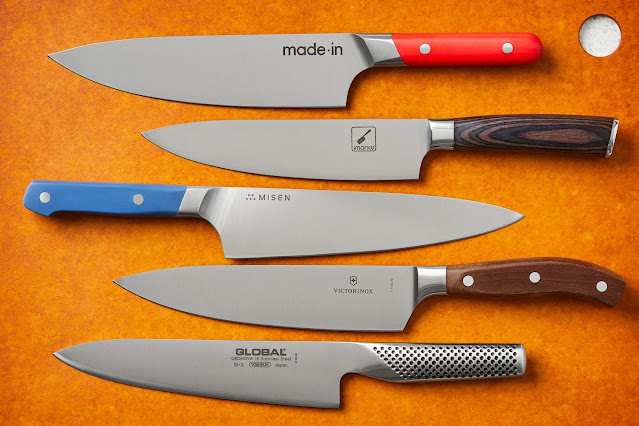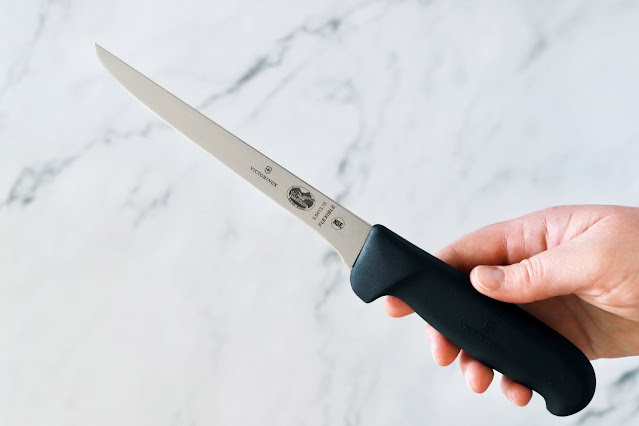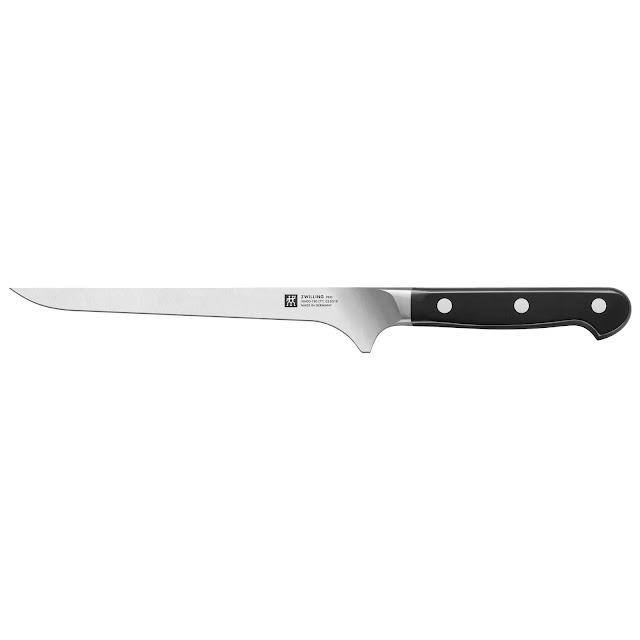A Comprehensive Guide to Choosing and Using a Chef's Knife
A chef's knife is an essential tool in any kitchen, whether you're a professional chef or a passionate home cook. Its versatility and precision make it indispensable for various cooking tasks. In this guide, we'll provide you with all the information you need to select the perfect chef's knife and master its use.
Understanding the Chef's Knife:
To choose the right chef's knife, it's important to understand its anatomy and how each component contributes to its functionality. We'll explore the different parts of a chef's knife and their roles. Additionally, we'll discuss why investing in a high-quality chef's knife is essential for your culinary pursuits.
Choosing the Perfect Chef's Knife:
a. Blade Materials: We'll explore the characteristics and considerations of different blade materials, such as stainless steel, carbon steel, and high-carbon stainless steel.
b. Blade Length and Shape: Understanding the optimal blade length and shape for various tasks, including chopping, slicing, mincing, and dicing.
c. Handle Design and Materials: Exploring the importance of handle design, ergonomics, and materials like wood, plastic, or composite in providing comfort and control.
Types of Chef's Knives:
a. Western Chef's Knife: We'll discuss the features and versatility of a classic Western chef's knife, suitable for a wide range of ingredients and tasks.
b. Japanese Chef's Knife: Exploring the precision and elegance of Japanese chef's knives, known for their razor-sharp edges and delicate slicing capabilities.
c. Santoku Knife: Discovering the Santoku knife, a popular Japanese alternative to the traditional chef's knife, prized for its versatility and ability to handle precise tasks.
Caring for Your Chef's Knife:
Proper knife care is crucial for maintaining the performance and longevity of your chef's knife. We'll provide tips on safe handling, cleaning, sharpening, and storing your knife. We'll also discuss the difference between honing and sharpening and how to determine when your knife needs professional sharpening.
Essential Techniques with a Chef's Knife:
a. Basic Knife Skills: Master fundamental techniques like the rock chop, julienne, and chiffonade to improve your efficiency and precision in the kitchen.
b. Precision Cuts: Explore advanced techniques such as brunoise, batonnet, and tourne, and understand how a sharp chef's knife can elevate your precision cuts.
Additional Chef's Knife Tips:
a. Knife Safety: Learn essential safety tips to ensure responsible knife use and minimize the risk of accidents.
b. Honing Frequency: Understand how often you should hone your chef's knife to maintain its sharpness between sharpening sessions.
c. Professional Sharpening: Consider the option of professional sharpening services to restore your chef's knife's edge when needed.
Conclusion:
A chef's knife is an invaluable tool that can enhance your culinary experience. By understanding the key features, selecting the right knife, and practicing proper techniques and maintenance, you can unlock the full potential of your chef's knife. Enjoy the journey of preparing meals with precision, efficiency, and joy, as your chef's knife becomes an essential companion in your kitchen adventures.


.jpg)

Comments
Post a Comment